-44%
Jathika (Graft) Nutmeg
Original price was: ₹800.00.₹448.00Current price is: ₹448.00.
Genus : Myristica
“Enhance your culinary adventures with the Jathika (Graft) Nutmeg Spices plant. Harvest and grind your own aromatic and flavorful nutmeg spice for a truly exceptional taste.”
Nutmeg, scientifically known as Myristica fragrans, is an evergreen spice tree that belongs to the Myristicaceae family. It is native to the Banda Islands in Indonesia and is widely cultivated for its aromatic seeds, which are used as a spice in many cuisines around the world. Here is a more detailed description of the Nutmeg plant:
Description:
- Size: The Nutmeg tree is a medium-sized tree that can grow up to 9-18 meters (30-60 feet) in height, although some varieties may grow taller. It has a straight trunk with a dense, pyramid-shaped canopy of leaves.
- Leaves: The leaves of the Nutmeg plant are dark green, glossy, and oblong to lanceolate in shape, with a length of 5-15 centimeters (2-6 inches) and a width of 2-5 centimeters (0.8-2 inches). The leaves are arranged alternately on the branches and have a leathery texture.
- Flowers: The flowers of the Nutmeg plant are small, pale yellow to greenish-yellow in color, and are borne in clusters in the axils of the leaves. They are unisexual, with male and female flowers occurring on separate trees.
- Fruits: The fruit of the Nutmeg plant is the main source of the spice. It is a fleshy, spherical drupe that is about the size of a plum, with a diameter of 5-7 centimeters (2-2.8 inches). The fruit has a thick, rough husk that splits open when ripe to reveal a reddish-brown seed covered with a red aril, known as mace. The seed is the actual nutmeg spice that is used in cooking.
- Bark: The bark of the Nutmeg plant is gray or brown in color and may have a rough texture with shallow furrows. It is aromatic and contains essential oils.
Cultivation:
- Climate: The Nutmeg plant grows best in tropical and subtropical climates, where temperatures do not drop below 10°C (50°F). It prefers well-drained, fertile soils and can tolerate a range of soil types, from sandy to clayey.
- Propagation: Nutmeg is usually propagated by grafting, as it is a slow-growing tree and does not produce viable seeds until it is about 7-9 years old. Grafting involves taking a scion from a mature tree and attaching it to a young seedling rootstock. This allows for the production of genetically identical trees that will bear fruit more quickly.
- Care: The Nutmeg plant requires regular watering, especially during dry periods, and benefits from occasional fertilization. Pruning can be done to shape the tree and remove dead or diseased branches. It is a relatively low-maintenance tree once established.
- Harvesting: The fruits of the Nutmeg plant are usually harvested when they are mature but still unripe. They are typically harvested by hand, and the husks are removed to reveal the seeds. The seeds are then dried in the sun or in drying sheds before being processed and sold as whole or ground nutmeg spice.
Uses:
- Culinary: Nutmeg is a versatile spice that is used in both sweet and savory dishes. It has a warm, sweet, and slightly spicy flavor and is used in a wide range of recipes, including desserts, baked goods, soups, sauces, and beverages. The aril or mace is also used as a spice and has a slightly different flavor profile, with a more delicate and floral taste.
- Medicinal: Nutmeg has been used in traditional medicine for its potential health benefits. It is believed to have antioxidant, anti-inflammatory, and digestive properties, and has been used to

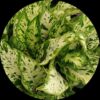

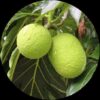

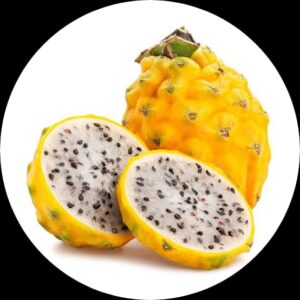
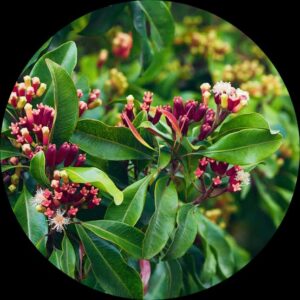
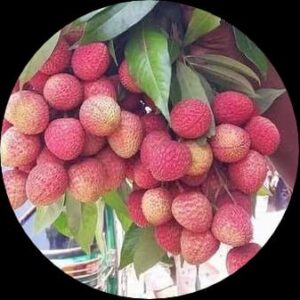
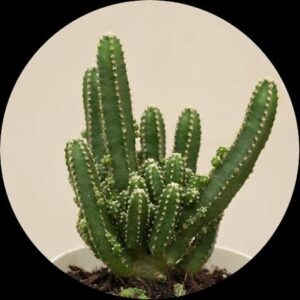
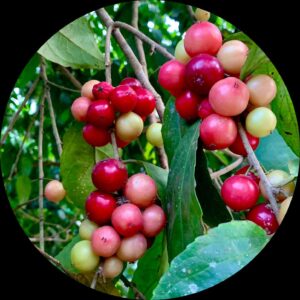
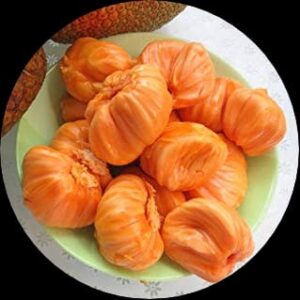
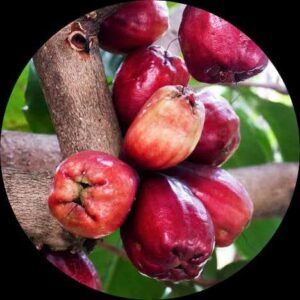
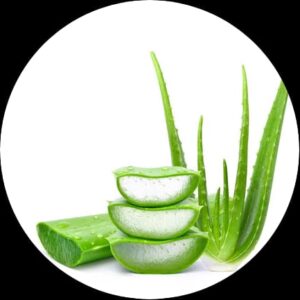
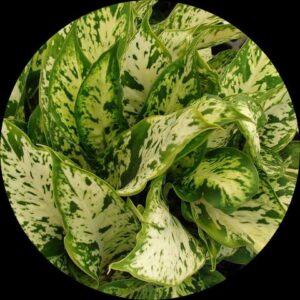
Reviews
There are no reviews yet.